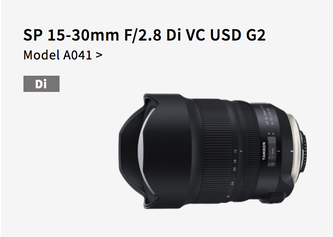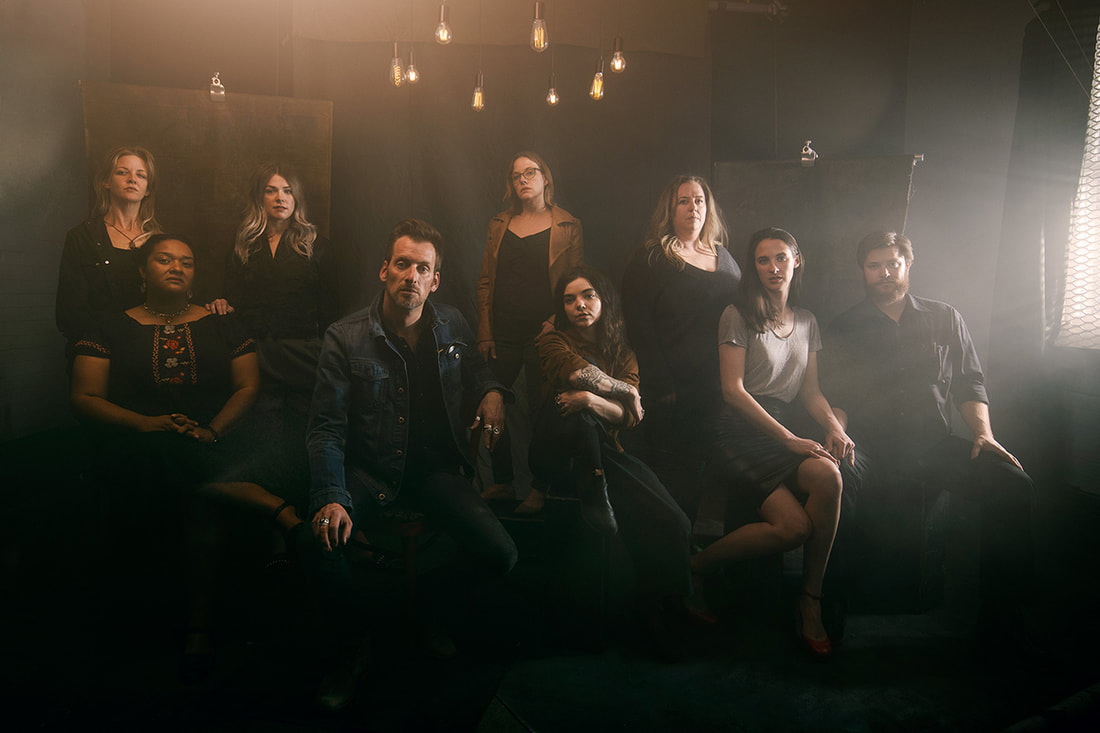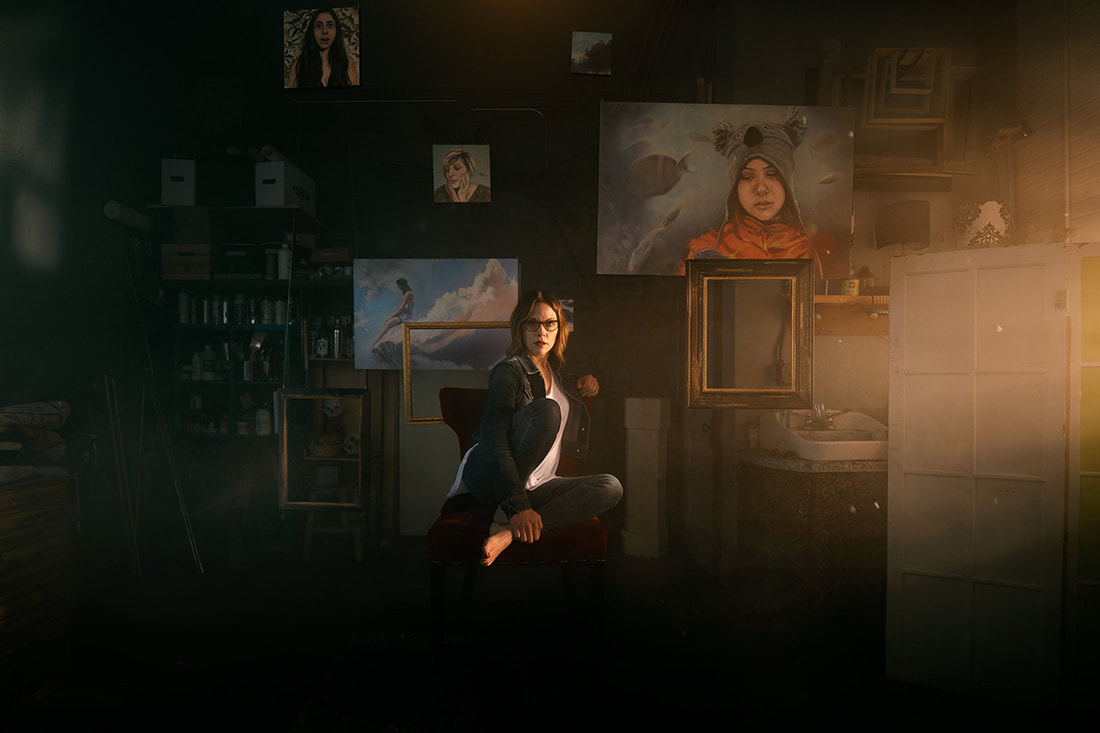 This great lens is just a click away! This great lens is just a click away! Intro by Chamira Young Drawing inspiration from other fellow photographers is an important part of keeping your creative juices flowing. How many of us have grown stagnant in the work we've produced over time, especially as we get caught up in the daily responsibilities of running a business? ***Raises my hand.*** I certainly have! That's why studying another photographer's work for educational purposes is a wonderful way to breathe new life into your own photographic practice. Today's post is the perfect example of checking out a fellow artist's work and getting a serious dose of inspiration. Colorado-based photographer Aaron Anderson is a master at creating highly individualized, creative portraits that will leave you breathless using Tamron's SP 15-30mm VC GZ lens. We all know Tamron creates amazing glass. Now it's time to see it in action! Check out his work below and get the interesting backstory behind these great portraits. Small Space, Big Backstories Aaron Anderson creates highly individualized portraits of an artists' collective in a confined space with the Tamron SP 15-30mm VC G2 lens. By Jenn Gidman Images by Aaron Anderson When the SPQR artists' collective decided to pitch an exhibit for Meow Wolf, an immersive art installation out of New Mexico, the group recruited Colorado photographer Aaron Anderson to do a photo shoot for them. "They wanted to showcase themselves, both individually and as a group," he says. "And so we undertook this collaboration where I would tell each of the artist's stories through a portrait. We sat down together for four hours, talking about each artist, what their background was, and how they worked. My goal was to balance each portrait so that there was something meaningful in each photo—something only the artist and those close to them would understand—but so an outsider would still think it was a beautiful image." Aaron had intentions of tapping into a variety of lenses for this session, which was shot entirely with studio lighting, but the space they were photographing in was so small that he opted for the Tamron SP 15-30mm F/2.8 VC G2 wide-angle lens for the entire shoot. "If you watch the behind-the-scenes video, you'll see that every picture was taken pretty much in the same room; we just redid the set to customize it for each artist so every portrait looked different," he explains. "So I was in a very confined space—sometimes only 6 to 8 feet away from my subject—but I had to get the entire room into the frame and make it appear as a large, open space. I couldn't have done that without the 15-30 lens. I also love using this lens for portraits, which isn't why I originally bought it. It adds a somewhat unconventional look to my portraits." Read on for the backstory on each artist and how Aaron conceptualized their accompanying portraits. April had taken a sabbatical from art to spend time with her children, and she's only recently returned. Many of the paintings hanging behind her are portraits of her kids. The empty frames you see in the image go along with the idea that she's on a new journey and encountering new experiences, entering an unexplored world and a new era in her life. We had two lights out the window and one large umbrella over the top of the subject to provide some fill. We also had one 7” reflector camera left with a cyan gel, pointed to the wall to offer a moodier feel. I'm standing in a doorway, and right behind me is a giant Octabox on low power to provide a little fill in the entire space. What I usually do to create "outside" lighting is stack two heads outside with reflectors on them, as well as add CTO or orange gel on them to create this terrific hard light that looks like the sun. I'll often shoot it through the window, because the window offers some really interesting diffusion qualities to it. Most people notice that my images have a hazy quality to them, and one of the most common questions I get is if I use a hazer, the answer is most definitely yes. It’s not only for the mood of the image, but it also enables you to see the lighting coming through windows and creates it’s own modifier.
0 Comments
Your comment will be posted after it is approved.
Leave a Reply. |
Our Partners"Why?"Check out "Why?" one of the most popular features on the SCU Blog. It's a very simple concept - one image, one artist and one short sound bite. Each artist shares what makes the image one of their most favorite. We're over 100 artists featured since the project started. Click on the link above and you can scroll through all of the episodes to date.
Categories
All
|
© 2019 Skip Cohen University






 RSS Feed
RSS Feed












